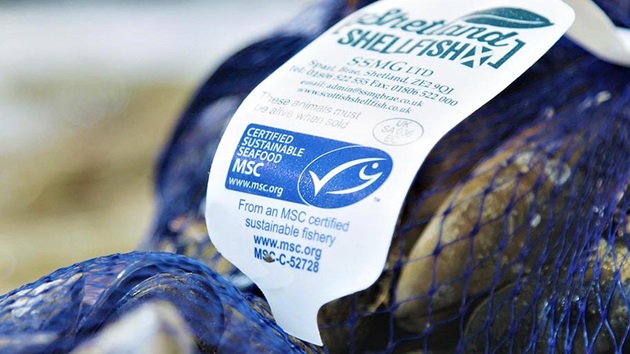What is herring?
Herring belongs to a wider family of around 200 fish species, but there are three species of herring that are most common: Atlantic, Pacific and Araucanian. Herrings have been salted in Europe for at least 1000 years to keep as winter food. Salting preserves the fish without refrigeration and makes it easy to transport, as well as extending its shelf life significantly. This fish has creamy coloured meat, high oil content and a small flake.
Is herring sustainable?
Herring carrying the blue MSC label is certified sustainable. MSC labelled herring comes from a fishery that has been independently assessed to the MSC Fisheries Standard. Every supply chain business handling MSC seafood must meet the MSC Chain of Custody Standard, which ensures that fish and seafood sold with the blue label has come from fishing certified as sustainable against the MSC Fisheries Standard. Herring is mostly processed for smoking, curing or canning, but fresh herring is excellent fried, grilled or boiled. This offers the opportunity for many MSC labelled products, which can be found worldwide.
What does the blue MSC label mean?
Bonus herring facts
Herring is a staple food in many cultures and can be prepared in different ways. Raw herring with raw onion is a spring delicacy in the Netherlands. In the Philippines, herring is eaten dried and often served with garlic, rice and eggs for breakfast. In Sweden, strong smelling fermented herring (surströmming) is eaten with flatbread and toppings like mashed potato, and diced onions.




